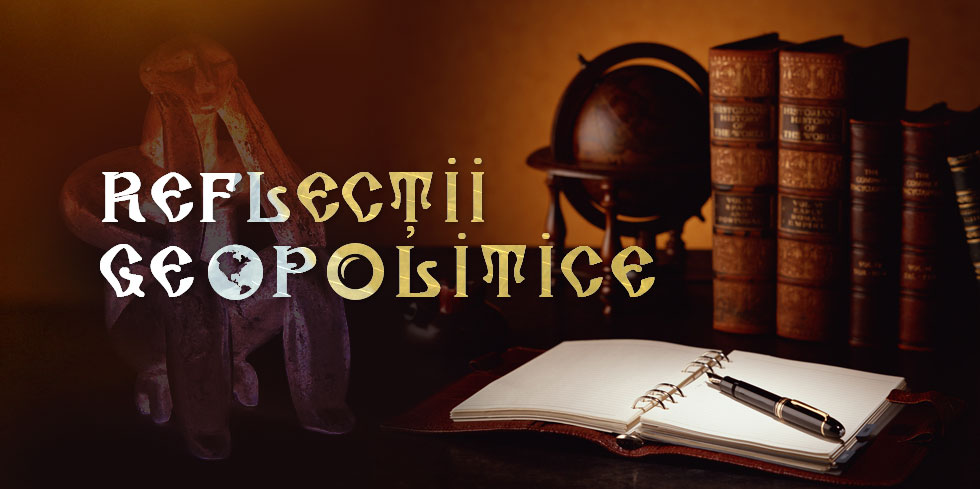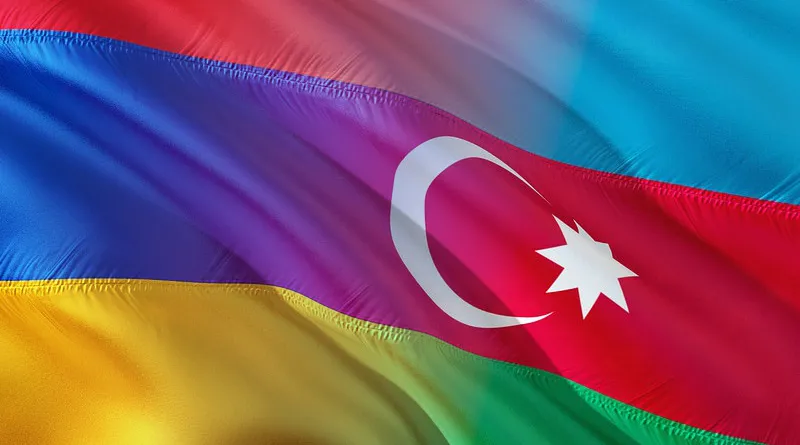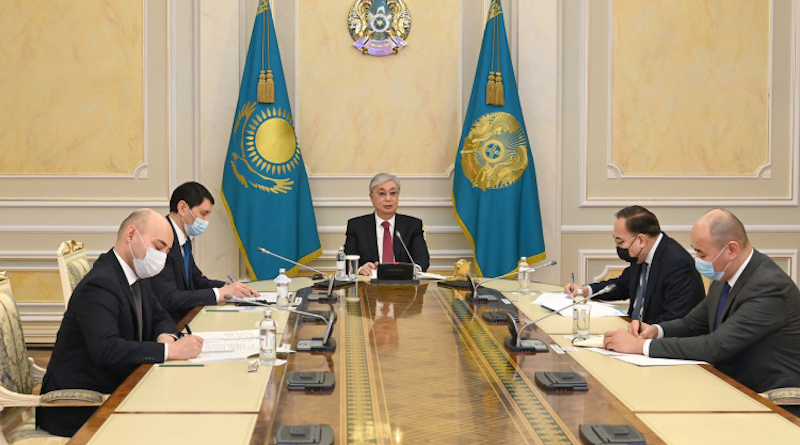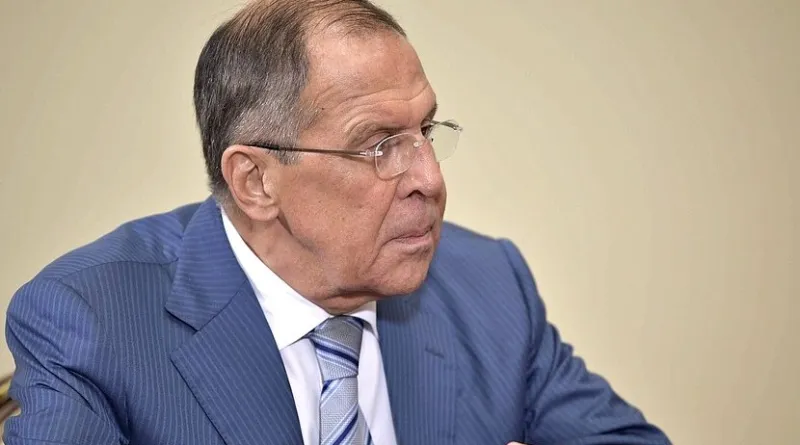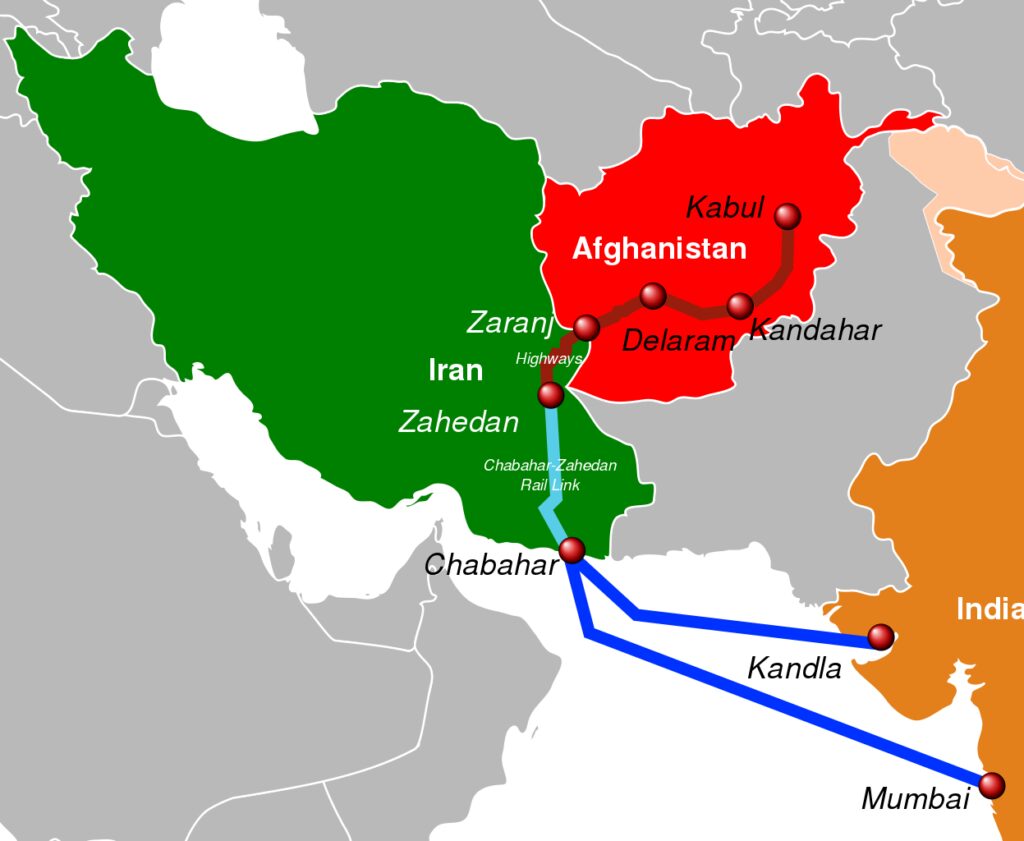Turkey makes peace bid with Chechen leader

As Ankara finesses relations with Moscow, top Turkish officials have quietly met with Chechen leader Ramzan Kadyrov after years of chill marked by a string of murders of Chechen exiles in Turkey.
Turkish President Recep Tayyip Erdogan’s Aug. 5 meeting with his Russian counterpart Vladimir Putin appears to have turned a page in Ankara’s chilly ties with Ramzan Kadyrov, the leader of Russia’s Muslim-majority Chechen Republic and a Putin loyalist. Turkey’s foreign minister and intelligence chief, who accompanied Erdogan in Sochi, huddled with Kadyrov on the sidelines of the summit, and it was the Chechen leader who made the meeting public on Telegram.
